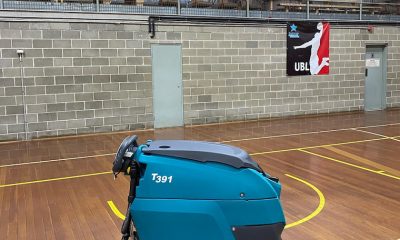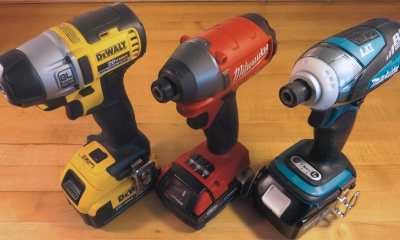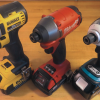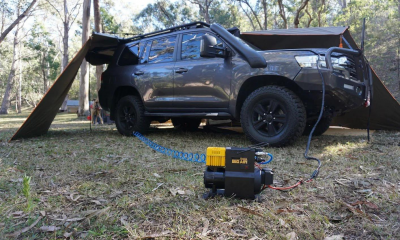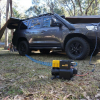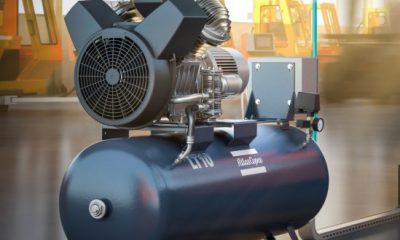Industrial Equipment
Heavy-Duty Loading Ramps 101: Benefits, Features and Different Types
Recent car stats show that there were over 20 million vehicle registrations in Australia as of January 2021. This means that everybody of driving age owns at least one vehicle. The majority, of course, are passenger cars. New car sales are steadily rising, even despite pandemic and production shortages, meaning the average age of an Aussie car is coming down.
All those new vehicles are either picked up in person at dealerships, or delivered to the customer’s specified address. Deliveries are often carried out with car trailers for individual vehicles. These can have custom loading, or deploy simple but effective car ramps. The portable ramps for cars are a quick and safe way in loading and unloading a wide variety of vehicles, as well as machinery. But they also find multiple uses in various tasks where moving around heavy items is done on a daily basis.
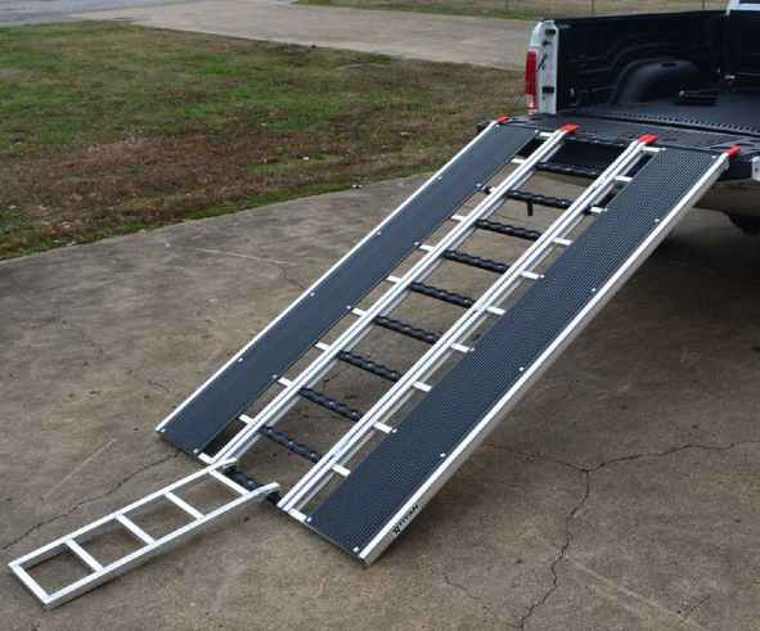
source: pinterest.com
Choosing a Ramp for Your Needs
If you own an old-timer that you take to motor shows, move around frequently due to job obligations, or use various pieces of heavy machinery as part of your business, you’ll definitely need a ramp. These are just some of the instances where a sturdy car ramp comes in handy. Here’s what to look for when choosing a heavy-duty ramp:
• Design
The majority of ramps for cars and machinery come as a pair of channel ramps. These will be in different lengths, and loading width of each will be wide enough for both wheeled or tracked vehicles. Rung widths range from 290mm, all the way to 500mm. Car ramps have textured square rungs spaced evenly along the length of the ramp, and provide for a safe area for the rubber to grip. Ramps for excavators, loaders, bobcats, and other machinery have angled rungs to secure the track plates.
Look for ramps with raised sidewalls to avoid the vehicle form rolling off. To ensure safe loading, connectors at the end of the ramp secure it to the loading vehicle or trailer. There are also different connection options. The most common is the ‘rest-on’ connecting plate that fits into a groove of the truck or trailer and is secured with a pin.
Additional safety and stability are provided with reinforced undersides to support high weight loadings. Foot designs also vary. A smoother progression from the ground to the ramp is provided by knife-end ramps. These are good when loading vehicles with low ground clearance, particularly sports cars. Ramps with stub feet have a slight loading bump, and as such they’re best for UTEs and 4WDs. Feet can have rubber linings for better grip in smooth or wet surfaces.
• Ramp Length and Loading Height
The length of the ramp determines the angle at which vehicles and equipment are loaded. Longer ramps will be safer since they avoid stalling or slipping. These are also more suitable when loading into trucks or trailers that are set higher up. Check the length, weight, and ground clearance of the vehicle you intend to transport, to get a ramp in the right length. Ramps start out at 1.8 metres for smaller vehicles, to 3.5 metres. Needless to say, the longer the ramp, the more expensive it is.
• Loading Capacity
Get the ramp that can handle the weight, with some room to spare for peace of mind. The loading capacity is the combined capacity of both channel ramps used together. Smaller and shorter ramps for cars can handle 2.4 tons, while bigger variants with wider rungs are best for larger vehicles or tracked machinery and can carry up to 6 tons.
• Materials and Weight
Ramps need to be both lightweight and sturdy enough to get the car onto the trailer or truck. Most are built of coated aluminum so they’ll last in any type of weather without the fear of rust or damage. Each piece is light enough to be positioned and set up by a single person, weighing around 15 kilos per ramp.
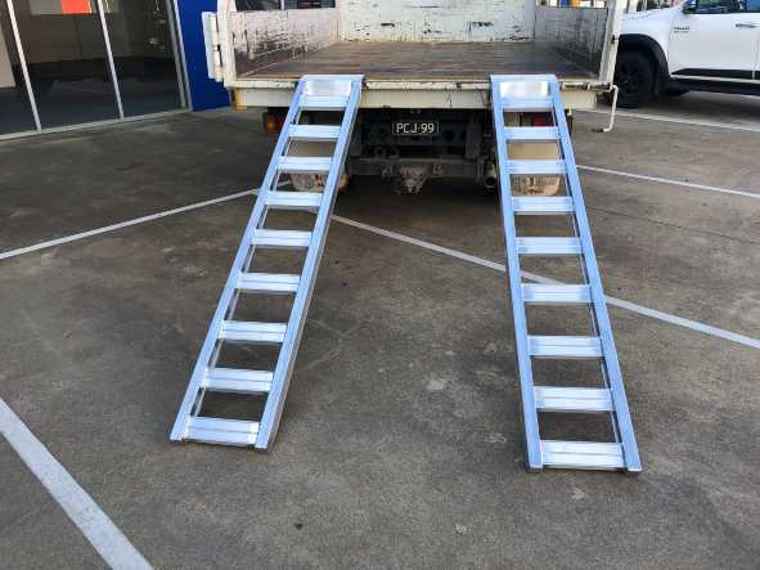
source: pinterest.com
Benefits of Heavy-Duty Loading Ramps
Ramps used to load cars and various equipment offer several benefits over makeshift, or fixed ramps. They are lightweight, easy to set up, and loading and unloading can be carried out by a single person. Positioning the ramps is straightforward, and each piece is aligned to the width of the vehicle wheels or tracks.
Fixing points allow for a secure connection with the truck or trailer, so maximum safety is ensured. Slipping, or the car rolling off is avoided by textured rungs that sit within higher side walls. The reinforced build in multiple sections means the ramps won’t sag or break at any point. Adequate lengths ensure that loading angles are not too steep so vehicles of all heights and ground clearance can be loaded safely.
Besides cars, motorbikes, ATVs or SUVs, these ramps can be used for small excavators, bobcats, loaders, mowers, forklifts, and other equipment in a variety of fields. Different lengths and widths can be chosen for the vehicle of your choice. The durable build means that they will last in continuous day-to-day loading and unloading jobs, irrespective of the weather conditions, or the site. Lastly, they are affordable, practical choices with a small footprint so won’t be taking up space needed for anything else.
Writing for the blog since 2012, Chris simply loves the idea of providing people with useful info on business, technology, vehicles, industry, sports and travel – all subjects of his interest. Even though he sounds like quite the butch, he’d watch a chick flick occasionally if it makes the wife happy, and he’s a fan of skincare routines though you’d never have him admit that unless you compliment his impeccable skin complexion.

